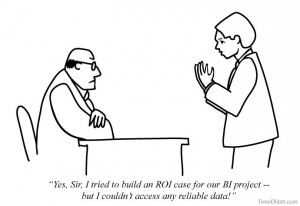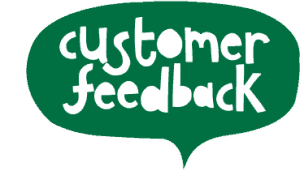Deploying Long-Tail Lead Nurturing and Marketing Automation to Build Relationships
 The more touch-points you have with website visitors, the more opportunities you have to convert those visitors by collecting their contact information. Long-tail lead nurturing, combined with marketing automation, provide the additional touch points you need to build trusting relationships with prospects and customers. Determining when and where to deploy those touch points can often times be a challenge for many marketers. In addition, contact prospects at the wrong time and you run the risk of scaring them away. Wait too long to contact a lead and you likewise run the risk of losing that lead forever. Timing is absolutely vital to successful marketing, regardless of industry.
The more touch-points you have with website visitors, the more opportunities you have to convert those visitors by collecting their contact information. Long-tail lead nurturing, combined with marketing automation, provide the additional touch points you need to build trusting relationships with prospects and customers. Determining when and where to deploy those touch points can often times be a challenge for many marketers. In addition, contact prospects at the wrong time and you run the risk of scaring them away. Wait too long to contact a lead and you likewise run the risk of losing that lead forever. Timing is absolutely vital to successful marketing, regardless of industry.
Long-tail lead nurturing gives your brand the chance to build solid relationships while becoming a trustworthy, helpful source of information. By helping your visitors with their problems or questions and staying in contact with them, you are able to set the stage to convert that lead into a sale later on.
What Is Long-Tail Lead Nurturing?
By deploying long-tail lead nurturing, you gain the chance to use an array of intelligent actions that are designed to engage your visitors even further with the use of multi-touch, multi-channel communication. For instance, after a visitor enters information to receive free information (like a crash course on training) via an engagement window, you can then leverage the opportunity to follow up with that visitor via text messages, emails, direct mail, and more. You can even take advantage of the chance to assign leads to specific salespeople and have touch points delivered automatically, thus taking advantage of one-on-one communication.
Unlike traditional ‘drip’ campaigns, automated long-tail lead nurturing is designed in an intelligent manner to reflect the interests and actions of your lead. As a result, you can rest assured that your leads are provided with exactly the right information at precisely the right time.
Why Is Long-Tail Lead Nurturing So Important?
It’s no secret that many of your site’s leads never actually convert into sales. What you might not realize is the extent to which that happens. According to research from MarketingSherpa, 79 percent of leads never actually convert into sales. Furthermore, the primary cause of such poor performance is a lack of lead nurturing. Lead nurturing is so important that brands that perform well at lead nurturing tend to generate up to 50 percent more sales-ready leads.
As important as the sales funnel may be to the conversion process, there are always holes present within that funnel. Long-tail lead nurturing helps to seal those holes so that you are able to convert more leads into sales while losing fewer targeted leads.
Although a triggered long tail lead nurturing campaign might seem to be a bit impersonal, the exact opposite is actually true. When you are able to deliver content that your visitor want and when they want it, they’ll likely not care how or why the information arrived, provided it is relevant. Ultimately, when lead nurturing is performed well, the process will feel quite personalized and not at all impersonal.











